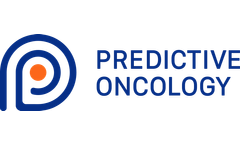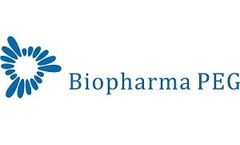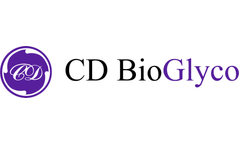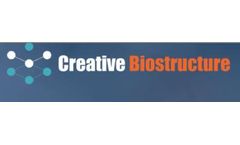Drug Targets Articles & Analysis
183 articles found
At its core, ubiquitination is a type of Post-Translational Modification (PTM) where a small, 76-amino-acid protein called ubiquitin (Ub) is attached to a target protein. This isn't a simple, one-step affair. It’s a sophisticated, three-tiered enzymatic cascade: Activation (E1): An E1 activating enzyme uses energy (ATP) to "prime" a ubiquitin molecule, making it ready for ...
Enzymatic remodeling of glycans on therapeutic antibodies enhances their efficacy, while glycomimetic drugs targeting selectins show promise in treating inflammatory conditions. ...
Through this project, the POAI active machine learning technology constructed a predictive model of tumor sample response to NPDC’s targeted drugs in a highly efficient manner, saving approximately 18 months of wet lab work in the process. ...
In the realm of pharmacology and drug development, the assessment of drug permeability is essential. One of the most widely recognized in vitro models for evaluating the intestinal absorption of compounds is the Caco-2 permeability assay. ...
The presence of nitrogen affects the solubility, stability, and bioavailability of a drug, significantly influencing its overall effectiveness as an antibiotic. ...
Antibody-Drug Conjugates (ADCs) represent a groundbreaking advancement in targeted cancer therapy, combining the specificity of antibodies with the potency of cytotoxic drugs. ...
Watertown, MA – March 24, 2025 – Biopharma PEG, a leading supplier of high-quality polyethylene glycol (PEG) derivatives, highlights its innovative product DSPE-PEG-Mannose, an advanced biomedical polymer with significant potential in drug delivery, tumor-targeted therapy, tissue recognition, and adhesion.Structural Advantages of DSPE-PEG-MannoseDSPE-PEG-Mannose ...
The classification of anti-tumor APIs often falls into four main types: chemotherapy drugs, targeted therapy drugs, immunotherapy drugs, and hormone therapy drugs. Each of these targets the malignancy through different mechanisms, offering multiple ways to tackle the disease. ...
This knowledge can help to identify new targets for drug development and understand the genetic basis of diseases. ...
Various factors contribute to this phenomenon, including genetic mutations, alterations in drug targets, enhanced drug efflux, and changes in metabolic pathways. ...
Their unique chemical properties, such as reactivity and ability to form diverse structures, make them invaluable in drug synthesis and other industrial applications. This article delves into the chemical characteristics of phosphorus compounds, their applications in drug development, and their significance in enhancing laboratory efficiency. ...
These insights are invaluable for optimizing productivity in biotechnology, identifying drug targets in disease research, and understanding complex metabolic disorders. ...
Furthermore, the presence of multiple isoforms of receptor proteins can lead to variations in drug efficacy and safety. Therefore, a comprehensive understanding of receptor biology is essential for successful drug targeting. ...
This article explores the profound impact of nanotechnology on drug delivery systems and its correlation with formulation development services Enhanced Drug Delivery and Targeting One of the most significant contributions of nanotechnology to pharmaceutical formulations is its ability to enhance drug delivery and ...
What Is PROTAC Technology? Proteolytic targeting chimera (PROTAC) is a new type of drug design technology that works by inducing the degradation of target proteins. ...
Among the most promising strategies in this endeavor are the use of tumor models for breast cancer and the development of customized antibody-drug conjugates (ADCs). These advancements not only enhance our understanding of the disease but also pave the way for more targeted therapeutic solutions. ...
By analyzing these interactions, scientists can identify new biomarkers for disease, develop targeted therapies, or discover novel glycan-binding proteins with potential applications in drug design. 2. ...
This technology has revolutionized various fields, including drug discovery, gene expression studies, and cellular signaling research. ...
To date, scientists have leveraged various therapeutic avenues, including precision medicine, targeted therapies, and immunotherapy. However, issues such as drug delivery across the blood-brain barrier, tumor heterogeneity, and therapeutic resistance remain unresolved. ...
This versatility, coupled with their biocompatibility and biodegradability, makes liposomes an attractive vehicle for drug delivery. Upon administration, liposomes can protect encapsulated drugs from degradation, prolong their circulation time, and facilitate targeted delivery to diseased tissues via passive or active targeting ...











